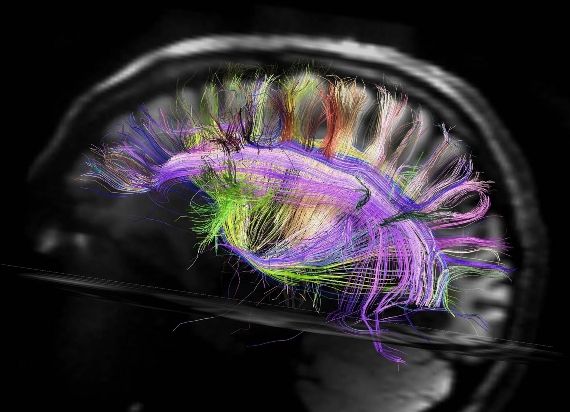Article
New Imaging Spots Inflammation in Brain Disorders
Author(s):
These findings advance knowledge about the link between brain inflammation and the progression of brain disorders and suggest possible targets for future treatments.
Inflammation-related changes in the brain are observed.

A new radioactive “tracer” can be used to observe inflammation-related changes in the brain, according to research presented at Neuroscience 2014, the annual meeting of the Society for Neuroscience held this week in Washington, DC.
Scientists used the tool to monitor changes in Alzheimer disease (AD) model mice, suggesting that it could be useful in making the diagnosis of AD in humans and monitoring this disease and others affected by neuroinflammation.
When brain cells become inflamed, microglia increase the expression of the translocator protein (TSPO), it was noted. The researchers developed a “tracer” molecule, [18F]-GE180, that binds to TSPO and can be imaged with positron emission tomography (PET) technology.
The scientists injected the TSPO tracer into the bloodstream of mice and performed a PET scan for each animal. The tracer showed much more activity in the brains of Alzheimer-like mice than in the brains of nondiseased mice, specifically in the cortex and hippocampus.
“One of the advantages of this new tracer is that it has high uptake and very specific binding in the brain,” said senior author Cynthia Lemere, PhD, of Brigham and Women’s Hospital and Harvard Medical School in Boston. “That makes it particularly helpful, for it means we’re actually observing the tracer’s signals during the PET scan and not signals from other molecules unrelated to inflammation.”
Other new research findings about inflammation and brain disorders were released at the meeting. Although inflammation is a protective reaction, it does more harm than good if it continues for too long, it was noted. The inflammation damages neurons and contributes to brain disorders, such as depression, traumatic brain injury, AD, Parkinson disease, and certain types of fatigue. Understanding how to keep inflammation in check therefore is a major goal of neuroscience research.
The research findings include the following:
• Inflammation in pregnant women resulting from infection or stress correlates with weaker connections between certain brain regions in their infant children.
• Feeding mice an inflammation-causing high-fat diet during pregnancy increases depression-like behavior in the mothers and their offspring.
• A new lab technique is helping scientists better understand how inflammation leads to fatigue.
• Estrogen-producing cells in the brains of songbirds help inhibit inflammation, perhaps limiting neural damage after a brain injury.
“The findings from these studies are helping scientists develop a deeper understanding of the crucial role that neuroinflammation plays in the progression of degenerative brain diseases,” said Margaret McCarthy, PhD, an expert in neuroendocrinology at the University of Maryland in Baltimore. “It’s an exciting and rapidly developing field of study, and one that promises to lead to new therapies for treatment and prevention.”





